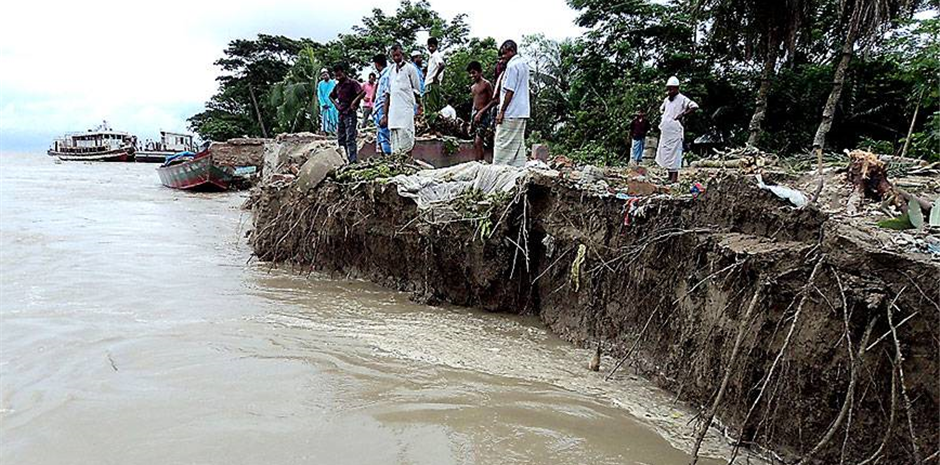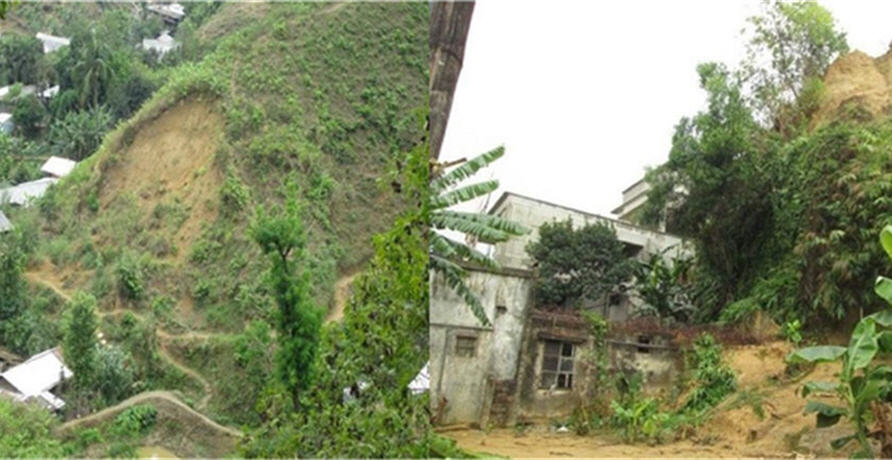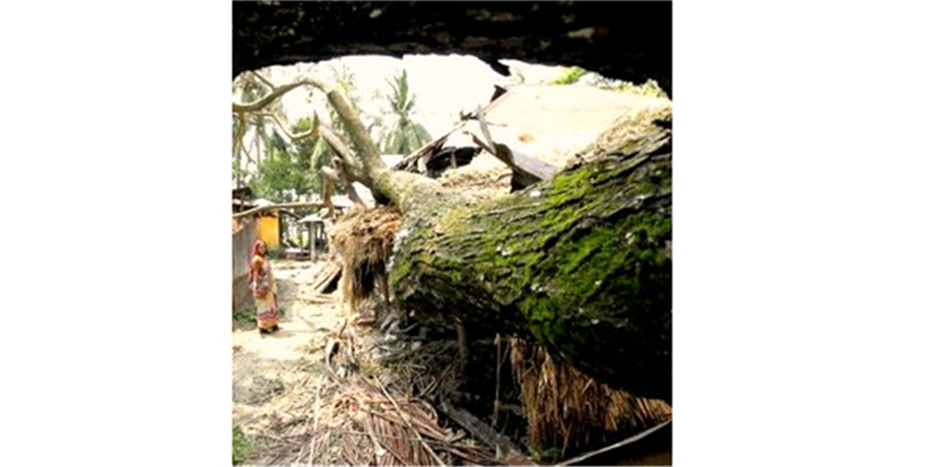Preventative measures and community plannings for Tsunami in Srilanka
Chittagong, Bangladesh
Srilanka ranked second among the countries most seriously affected by the Indian ocean Tsunami on 26th of December 2004.Since 90 people did not had the knowledge about the Tsunami disaster, it badly affected the economic, social and political backgrounds of Srilanka.As a result Tsunami created a vulnerable atmosphere in Srilankan community, which convinced that it is must to be aware of preventative measures of Tsunami.
The Tsunami is one of the terrible disasters occured in Srilanka which destroyed thousands of people’s lives and natural values.Further it took almost a year to list up the exact amounts on what was lost, and finally the Srilankan government declared that 35,322 people died, 51,6150 lost their homes and 65,275 homes were totally destroyed and 38,561 houses were partially destroyed.Further transport and infrastucture facilities also were destroyed.415km of roads damaged and the southern railway lines also damaged.
As well as the Tsunami affected badly to the Srilankan education system and health sector.The Tsunami destroyed 100 hospitals and 182 schools.In Srilanka tourism and Fisheries are very important economical ways to earn money.Since the Tsunami affected to these fields, 20,000 fishing vessels and 58 country’s,242 registered hotels tottaly destroyed.It created a significant decending in srilankan economy.
Due to this reason, In the period of Tsunami Srilankan civil community did a remarkable job to rescue the victims. Those who were abled to save their lives from Tsunami waves were helpless at that time.But volunteers from Colombo and international aid workers took immediate actions to collect dead bodies, get everyone into a temporary shelter.
In addition all the Srilankans got together and provided water to all the helpless Tsunami victims since Tsunami destroyed pipe lines, wells and coastal irrigation facilities in affected areas.The Tsunami created totally miserable background in Srilanka and it ruined both natural and man made values equally.
Since the Tsunami disaster proved the importance of disaster preventative measures,Srilankan government took urgent actions to discover the facts including safety methods and disaster preventative methods for the sake of the community. Srilanka had no idea that it was vulnerable to such a disaster coming from the sea although there are many evidences about earlier Tsunami in mythology dating back about 2000 years ago. So all Srilankans were not prepared for such a distructive disaster.
Due to this reason, within the days of Tsunami the national government announced that it would impose a buffer zone to prevent residential rebuilding within 100m of the sea in the south western districts and 200m in the earstern district.As well as aid agencies supported to rebuild the houses with some additional assistance.
Many primary international NGO’s with the smaller number of local institutions, individuals and commercial constructors helped to rebuild the constructions. <Br>
In my opinion, Tsunami crisis created an oppertunity for all Srilankans to rethink important aspects of its physical and social developments.
Below are some important international declarations, such as the Hyogo Frame work for Action 2005 reached at the World Conference on Disaster Reduction in Kobe, Japan, in January 2005 sri Lanka.(UN,2005) contain the goal of reducing vulnerability and risk through enhancement of knowledge of physical, social, economic and environmental vulnerability. At the national level in Sri Lanka, the government, and in particular the Ministry of Disaster Management (MDM), have published a ‘Road Map For Disaster Risk Management’ supported by the United Nations Development Programme (UNDP) which underscores the need to reduce vulnerability to low-frequency, high-impact events such as Tsunami, as well as to frequent hazard events.Further it is important to development strategies for the communities after tsunami which are mid to long term tasks that should promote disaster resilient societies by reducing vulnerability.
Since The 2006 tsunami disproved all assumptions that the next tsunami would not affect the current generation,Srilankan social communities got immediate actions to create disaster risk management issues to force the community to be aware of another Tsunami.Social assets consisting of networks,community based organizations relationships of trust and reciprocity in society play an important role in coping capacities in disaster situations.
In Srilanka business owners and the community are currently much enthusiastic in considering about the Tsunami preparations. Among them first it is better to be prepare in advance by making an emergency kit for their own homes and business placeses.Further currently Srilankan community is willing to learn about developed communication systems to maintain a better communication between the communities during a disaster.Inaddition people are now aware of survival guides because it is better to have a knowledge about a first aid course.
Further people are now willing to learn more and more about survival skills.Due to these reasons most of the communities have taken many steps to start programmes to pass the knowledge about disaster preparations because it is imperative that everyone knows how to operate under these conditions without being panic.
Based on the findings of the questionnaire and interview surveys of the Srilankan community, the following recommendations are proposed for disseminating knowledge and raising public awareness of Tsunami disasters: promote disaster education at the school level; implement community level public awareness programs; enhance information management systems; and improve coordination mechanisms within the disaster management system.
The survey of residents indicate that; more than 90 percent of residents lacked Tsunami knowledge prior to the 2004 Tsunami;According to my view, that the unpreparedness of 2004 Tsunami is a symbol of irresponsibility of whole communities world wide, since it is impossible to warn the dates of a natural disaster exactly.
So it is our obligation to be aware.we should pay our much attention towards practicing safety methods in our daily lives.Thus increasing knowledge and awareness of how to act in a Tsunami situation is essential.It is an urgent need to develop effective tools to reduce disaster vulnerability.
We should organize workshops to give a formal knowlege about disaster preparations.This will help a lot to keep a balance mentality during a disaster since without keeping a strong mind it is hard for us to tackle such a dangerous situations.
Throughout the world, there were many disasters which did huge distructions to people’s lives.But the Tsunami had a massive destructive power which did a significant damage to the whole affected communities.As the conclusion it is obvious that we all should strongly aware of preventative measures for Tsunami disaster since such a natural disaster is not common as other weather related disasters because it has its own power even to ruin a small island like Srilanka.







